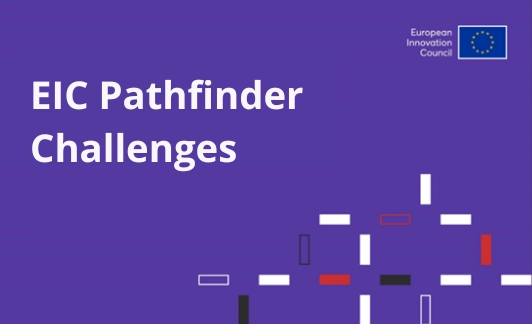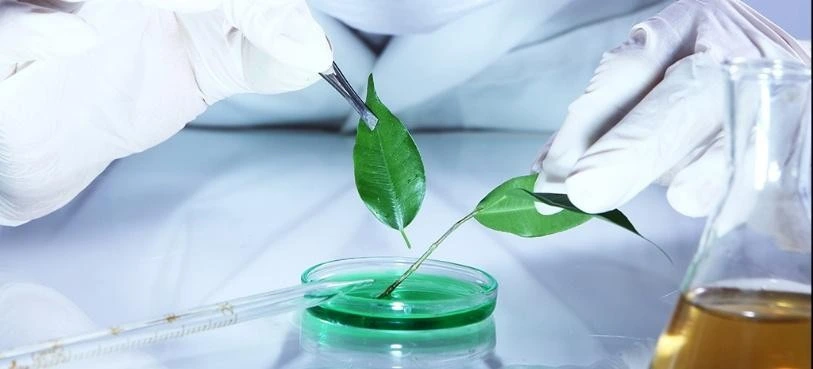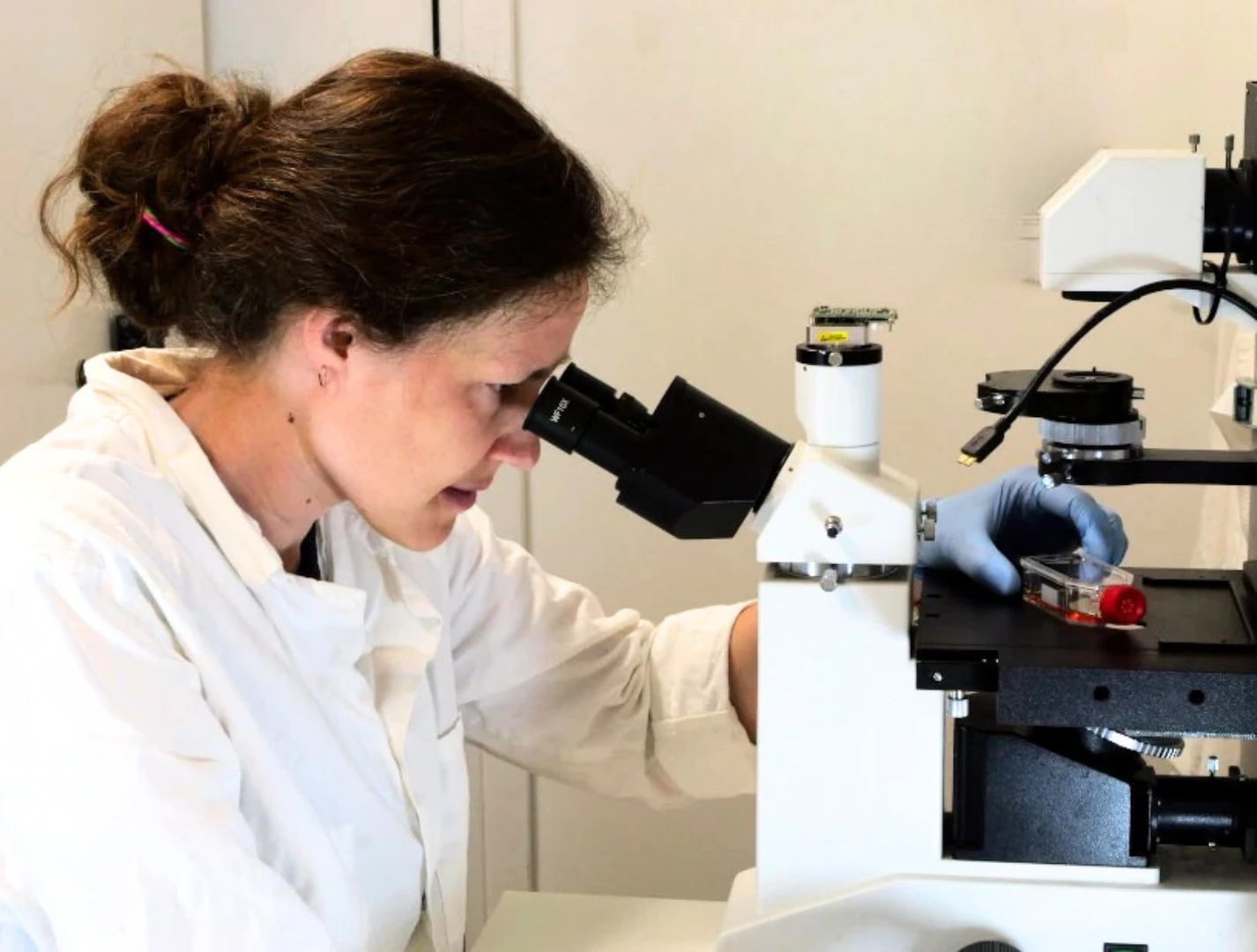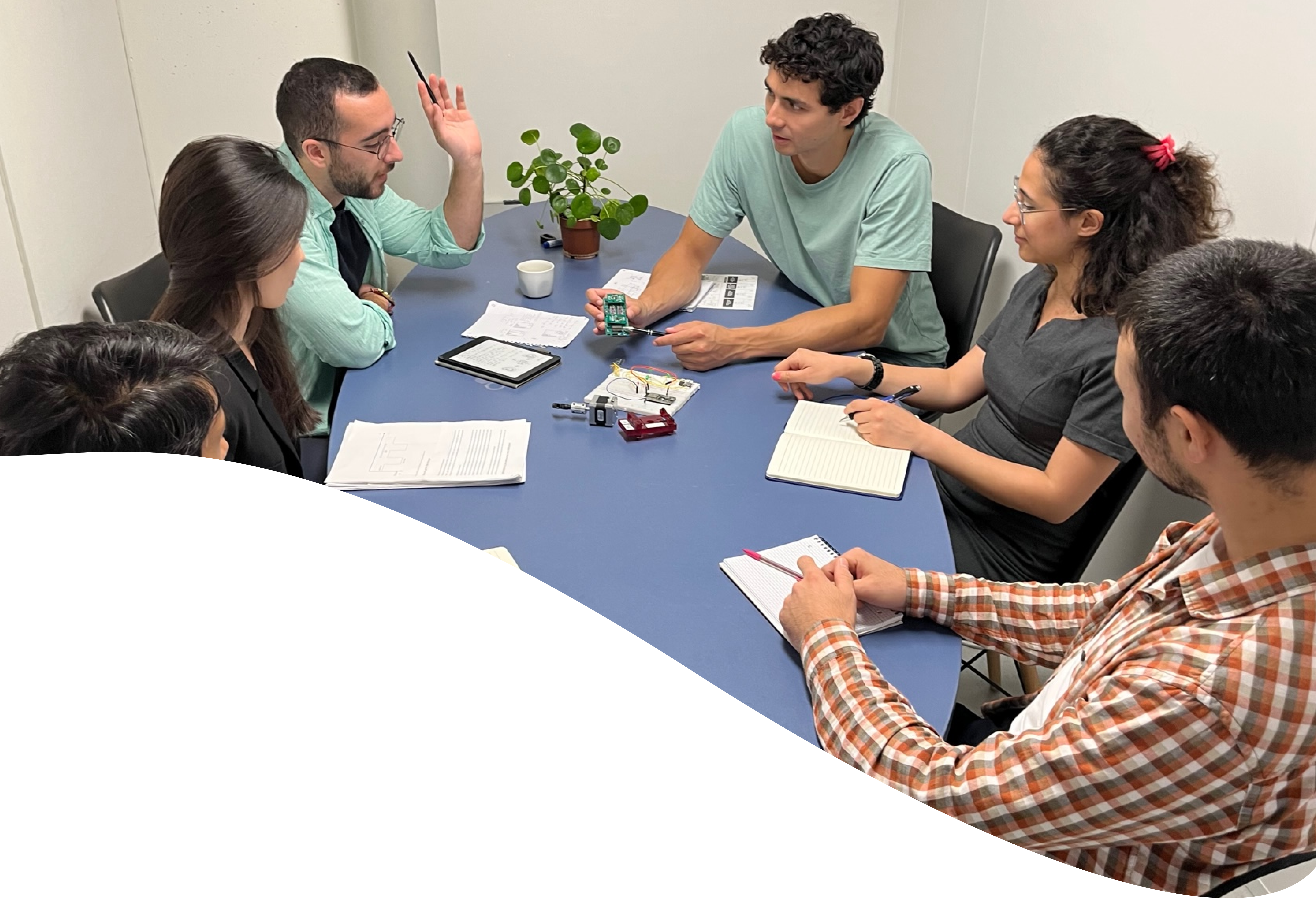EIC Pathfinder Challenge 1
Biotech for climate resilient crops and plant-based biomanufacturing
Writer
Celeste Chidiac, PhD
Keywords
Microfluidic Devices, Intelligent Microfluidics, Artificial Intelligence, Machine Learning
EIC Work Programme reference
HORIZON-EIC-2025-PATHFINDERCHALLENGES-01-01
Call deadline
October 29, 2025
Publication Date
April 18, 2025
Keywords
Intelligent Microfluidics
Deep Learning
Microfluidic Devices
Artificial Intelligence
Machine Learning
Resilient Crops
Plant-Based Biomanufacturing
Biotech
Climate change
Your microfluidic SME partner for EIC projects!
Introduction to EIC Pathfinder Challenges
The EIC Pathfinder supports the early stages of advanced research in science, technology, and deep-tech, with the goal of building the scientific foundations for breakthrough innovations. Its mission is to generate ideas with the potential to disrupt existing fields or markets, or to open up entirely new opportunities through radically novel technological solutions.
The programme is divided into two main funding streams:
- EIC Pathfinder Open supports visionary projects across all science, technology, and application areas, without thematic restrictions.
- EIC Pathfinder Challenges focus on targeted portfolios of projects within predefined thematic areas, each designed to achieve specific strategic objectives.

Each EIC Pathfinder Challenge assembles a portfolio of high-risk, high-reward projects that explore different approaches or complementary aspects of the Challenge topic. These projects are expected to collaborate, participate in joint meetings, and adapt as the portfolio evolves, working collectively toward transformative outcomes. Proposals must clearly aim to deliver the expected results defined for their respective Challenge.
For the 2025 call, the total indicative budget for EIC Pathfinder Challenges is €120 million, allocated in approximately equal parts across the four Challenges (about €30 million each). With grants of up to €4 million per project, each Challenge is expected to fund 7 to 10 projects. In 2024, the success rate for Pathfinder Challenges was around 7.7%, with 31 projects selected out of 401 eligible proposals.
Projects typically run for 3 to 4 years and are usually carried out by international consortia involving at least three legal entities from three different countries (EU Member States or Horizon Europe Associated Countries). However, most Pathfinder Challenges also allow for single applicants or small consortia of just two partners. While consortia commonly include 5 to 7 partners, both smaller (single entity) and larger (up to 12 partners) consortia have been successfully supported. The full information on the eligibility and selection criteria can be found on our page of the EIC Work Programme 2025.
Deadline for application is the 29th of October 2025!
What is the call on resilient crops about?
The EIC Pathfinder Challenge 1 aims to support innovations in climate-resilient crops and alternative plant-based production of high-value ingredients, enhancing nutrient profiles through native or non-native plant ingredients.
Land-based agriculture provides about 95% of human food nutrients (UN FAO), but unsustainable farming practices have led to severe soil degradation, reducing the soil’s ability to support food production and other vital ecosystem services.

Climate change exacerbates this issue through stressors like heat, drought, salinity, and waterlogging, which negatively impact crop yields. Indirect effects include alterations in the composition and behaviour of pests, pathogens, soil microbiomes, and pollution.
Plants respond to these stresses in complex ways that can alter their growth, resilience, and nutrient content. With a growing global population increasing food demand, there is a pressing need to strengthen current food systems and develop new, efficient, sustainable, and biodiverse food production methods.
You will find more information on the EIC Pathfinder Challenge 1 on the official page of the European Commission.
How can the MIC help with your project?
- Use microfluidic platforms to simulate complex climate stress combinations (e.g., heat + drought + salinity) in controlled micro-environments.
- Encapsulation of biocatalytic reactions within artificial cells for enhanced control and efficiency
- Engineer precision flow control and perfusion systems for micro/nano-coating of nutrient-boosting agents on seeds or leaves.
- Strategic support in proposal development, dissemination planning, and new innovations deployment
The MIC as the perfect SME partner
The active involvement of SMEs is highly encouraged in Horizon Europe projects, as they play a key role in accelerating innovation and bridging the gap between research and market deployment. Our expertise lies in advanced microfluidic technologies, and we are uniquely positioned to contribute by developing high-precision, automated perfusion systems to push forward innovations in climate-resilient agriculture, synthetic biology, and plant-based biomanufacturing.
Moreover, we offer tailored microfluidic solutions for high-precision coating applications with accurate pressure, volume, and flow control, which are critical for thin-film deposition and seed or leaf coating.
Objectives of the call
The challenge on resilient crops seeks bold, transformative ideas that lead to new, energy- and resource-efficient, low-emission food production methods that support biodiversity and health. Funded projects should aim to develop breakthrough technologies reaching TRL4 (lab validation) and produce viable plants.
Projects must address two main goals:
- Enhancing plant performance under stress:
- Increase crop resilience to combinations of climate-related stressors (e.g., heat + drought, salinity, flooding, high CO₂, altered insects/pathogens/soil microbiomes, and pollution).
- Improve water and nutrient use efficiency.
- Enhance plant reproduction and seed development under stress.
- Strengthen plant-soil microbiome interactions.
- Boosting nutritional values:
- Enrich crops with proteins, vitamins, and other nutrients using both native and non-native plant ingredients.

What are the expected outcomes and impacts?
The EIC Pathfinder Challenge 1 supports the EU’s broader policy goals, like the EU Green Deal, Farm to Fork strategy, and Mission Soil, by promoting the sustainable production of nutritious, plant-based foods. It focuses on developing resilient crops and producing high-value native and non-native plant ingredients in cost-effective, eco-friendly ways.
In the medium to long term, the challenge aims to:
-Enhance the EU food supply’s sustainability, biodiversity, and resilience.
-Strengthen EU food system competitiveness and reduce reliance on imported inputs.


The portfolio of projects will be selected based on the following principles:
- Synergy among projects by sharing common elements, such as targeting similar climate stressors across different crops or using comparable technologies.
- Balanced mix of projects focused on native and non-native plant ingredients.
- Balanced mix of conventional and New Genomic Techniques (NGTs).
- Variety of resilient crops reflecting the geographical diversity of European agricultural regions.
- Wide range combinations of climate-related stress factors.
- Diversity in technological methods for comparison.
Download the MIC Horizon Europe 2025 Calls Calendar:
We are also happy to join your research consortium as an SME partner for other topics. Calls that we are particularly interested in are:





